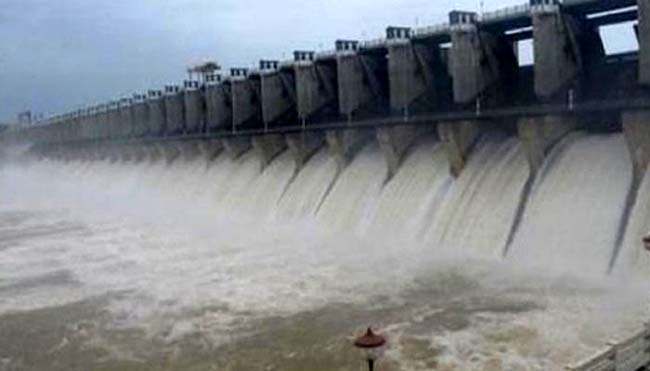JK News Today
Bengaluru, February 16: The Supreme Court is expected to pronounce its verdict in the Cauvery river water sharing dispute among Tamil Nadu, Karnataka, Puducherry and Kerala on Friday. The dispute was adjudicated by the Cauvery Water Disputes Tribunal (CWDT) in 2007. The tribunal’s order was challenged by Tamil Nadu and Karnataka.
Significance of the verdict
The verdict is likely to have political repercussions in all states. In Karnataka, where elections are due in April, the river is a lifeline for farmers, who depend on it for agricultural needs. It also provides drinking water to cities such as Bengaluru. The river is a symbol of pride for the people of southern Karnataka, where the dispute has often descended into violence.
An unfavourable judgment could be a setback for the ruling Congress in Karnataka, which has major stakes in the southern part of the state. Its principal rival in this area is H D Deve Gowda’s Janata Dal (Secular).
The former chief minister of Tamil Nadu, J Jayalalithaa, who was at the forefront of the Cauvery movement, often locked horns with Karnataka to protect the interest of her state. An order in Tamil Nadu’s favour will provide a boost to the ruling All India Anna Dravida Munnetra Kazhagam.
How the dispute grew
The dispute began following Karnataka’s attempts over the last century to expand farming activities in the Cauvery basin. In the past, the river primarily served the needs of farmers in Tamil Nadu. On the insistence of Tamil Nadu, the CWDT was formed in 1990 by the Union government. The Tribunal passed its order on February 5, 2007. Of the 740 thousand million cubic feet (TMC) of water available for utilisation, 419 TMC was awarded to Tamil Nadu, 270 TMC to Karnataka, 30 TMC to Kerala and seven TMC to Puducherry. The remaining 14 TMC was reserved for environmental protection.
The order also stated that Karnataka must release 192 TMC of water in normal monsoon years (June to May) at the rate of 10 TMC in June, 34 TMC in July, 50 TMC in August, 40 TMC in September, 22 TMC in October, 15 TMC in November, 8 TMC in December, 3 TMC in January and 2.5 TMC each month from February to May to the Biligundlu water station in Tamil Nadu. “In case the yield… is less in a distress year, the allocated shares shall be proportionately reduced among… Kerala, Karnataka, Tamil Nadu and… Pondicherry,” the Tribunal said.
Karnataka opposed the verdict and filed a petition in the apex court claiming 312 TMC of water. Tamil Nadu followed suit. The court reserved its order in September 2017.
Where it all started
Historically, Tamil Nadu used about 602 TMC of the total yield of the river. As a result, only about 138 TMC was available for Karnataka until the turn of the 20th century.
In 1924, Tamil Nadu built the Mettur dam, and the two states signed an agreement effective for 50 years. The pact allowed Tamil Nadu to expand its agricultural area by 11 lakh acres from the existing 16 lakh acres. Karnataka was authorised to increase its irrigation area from 3 lakh acres to 10 lakh acres.
In 1974, when the accord lapsed, Karnataka claimed that the agreement restricted its ability to develop farming activities along the Cauvery basin. To make up lost ground, it started building reservoirs. This led to a dispute between the two states.
Politics of fury
In 1990-91, when the monsoon rainfall in southern Karnataka was 35% below normal, a violent demonstration rocked the state, killing 18 people, who were protesting against an interim order of the CWDT to release water to Tamil Nadu. However, incidents of such magnitude have not been witnessed since then.
Courtesy: Indian Express




